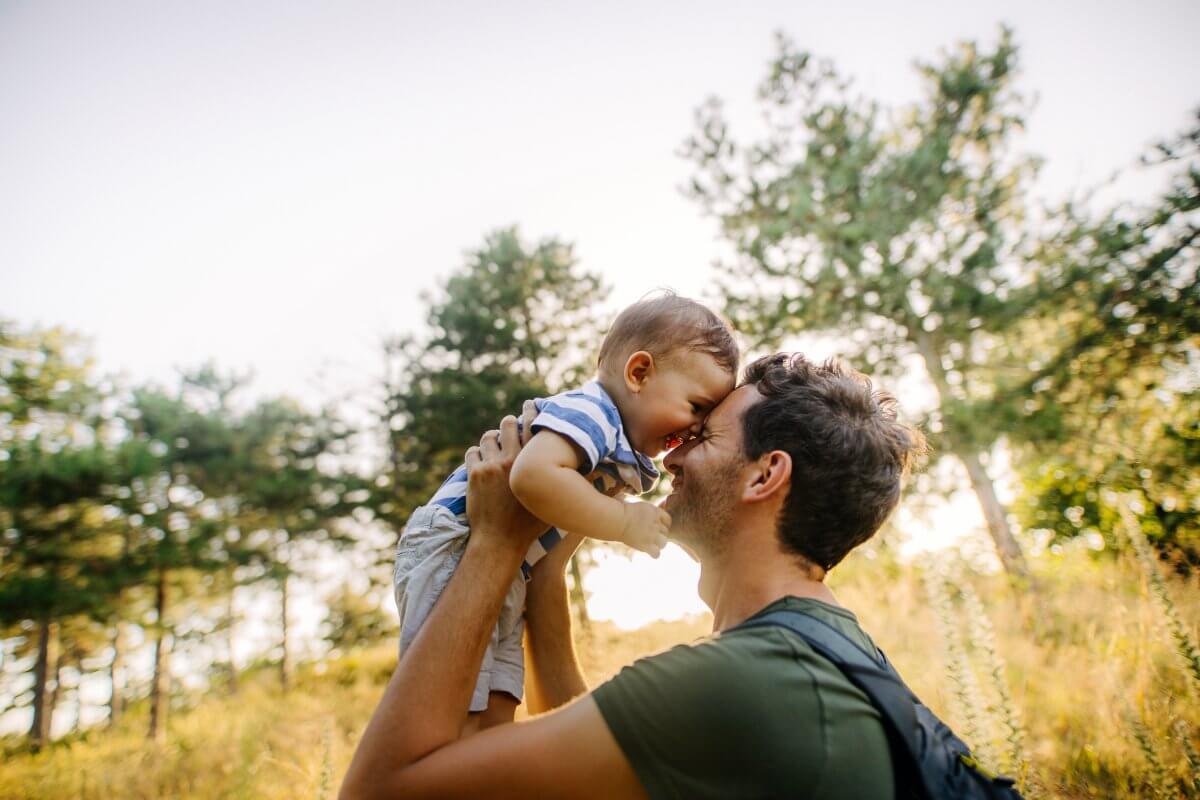If you’re wondering if you can be a surrogate for a family member, the short answer is yes. Offering to become a surrogate for a family member is a beautiful way to help someone you love start a family. Surrogacy comes with its own challenges for anyone trying to start a family.
To get more information about being a surrogate for a family member, reach out to a surrogacy specialist today.
You will need to meet the requirements to become a surrogate for a family member, but it’s important to understand what can happen after you qualify.
Questions to ask yourself:
- Is our relationship strong enough for this?
- Will this make the surrogacy process more complicated due to family dynamics?
- Do I want to do this, or do I feel pressured to do this?
- What will our relationship be like after the baby is born?
- Is surrogacy right for me?
Can You Be a Surrogate for a Family Member?
Yes! If you already know your intended parents, this is called identified surrogacy. Here are some things to consider before being a surrogate for a family member:
Changes in Relationship
It’s important to realize being a surrogate for a family member can change your relationship with that person. No matter how close you are to the intended parents, this could change the dynamic of your relationship. Because you have a different relationship from many intended parents and surrogates, you may feel like more or less inclined to advocate for yourself.
While family dynamics can change, you should be aware of where you started and where you want to grow as a family. But also remember, this could create a new level for your relationship that is positive. It has the potential to bring you closer to that family member and have a special bond with their child.
Set Boundaries
To try to prevent negative changes in your relationship, it can be helpful to set boundaries with each other. If you decide that being a surrogate for a family member is something you’d like to do, you should talk with the family member before moving forward with any medical procedures to decide how you’d like to relay information, when to talk about the baby, who can share information about the baby and more.
This is when working with a surrogacy agency can be beneficial. They will work through any mediation needed between intended parents and surrogates to make sure things go smoothly for a better surrogacy experience.
Altruistic Surrogacy
Altruistic surrogates do not require compensation. This means that you would not be paid for your service as a surrogate if you chose to go this route as a surrogate for a family member. Not all situations where intended parents know the surrogate result in altruistic surrogacy. However, some intended parents may choose this path due to the likelihood of finding an altruistic surrogate.
How to Become a Surrogate for a Family Member
If you’re interested in being a surrogate for a family member, American Surrogacy can help make this happen through our identified surrogacy program. As a surrogate, the identified surrogacy process will only differ in the matching step of your journey. Since you already have plans to be a surrogate for a family member, you don’t have to go through the matching process. Here’s what you can expect from our identified surrogacy process:
- Reaching Out to American Surrogacy: If you decide American Surrogacy is right for you, you can reach out to our specialist at any time to begin your surrogacy process.
- Legal Process: Since you already have your surrogacy partner in mind, you can move to the legal process of drafting a surrogacy contract. If you don’t have a surrogacy attorney, we can connect you with a surrogacy attorney from our network of professionals.
- Medical Process: You’ll follow a fertility medication protocol to prepare your body for embryo transfer. In vitro fertilization (IVF) is used to create embryos using the intended parents’ genetic material. After successful embryo creation, one or more embryos are transferred to your uterus. Subsequent pregnancy tests will confirm whether the transfer was successful.
- Birth and Beyond: Throughout the pregnancy, you’ll receive medical care and support from your healthcare team and the surrogacy agency. Regular check-ups ensure the health and well-being of both you and the baby. Following a healthy pregnancy, you’ll bring new life into the world for your family member. The birthing process will be coordinated with the intended parents’ involvement and preferences.
It’s Your Choice
If family members are pressuring you to be a gestational or altruistic surrogate for a family member, then this might not be a great fit. Decide for yourself if surrogacy is right for you. Learn more about what being a surrogate means (our Instagram community can be a great resource) and if you feel ready to become a surrogate for a family member. Get started by reaching out to a surrogacy specialist today.
![Being a Surrogate for a Family Member [What to Know]](https://www.americansurrogacy.com/blog/wp-content/uploads/2023/08/Surrogate-for-Family-Member-1200x800.jpg)








